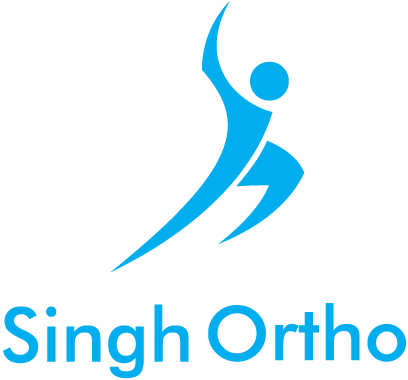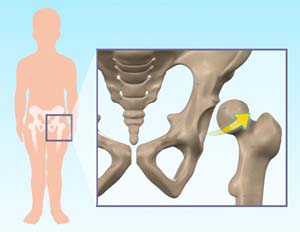Significance of the Condition
Your hip is very important as it supports much of your body’s weight and allows you to move your upper legs so you can walk, climb stairs, and even sit. If your hips are normal, the ball can rotate freely in the socket to let you move.
With dysplasia, the socket does not fully cover the ball causing the hip joint to wear out faster than normal or easily dislocate. That is why a condition like hip dysplasia can have a big impact on your life.
Risk Factors
Borderline hip dysplasia is mostly congenital and tends to run in families. It is common among teenagers, more so in girls. However, the risk of borderline hip dysplasia can be higher if you are born:
- In the breech position (bottom or feet-first position)
- With foot deformities (structural abnormalities)
Complications of Borderline Hip Dysplasia
- Partial dislocation of the hip joint
- Damage of soft cartilage rimming the socket
- Degeneration of cartilage (osteoarthritis) after middle age
Symptoms
Symptoms of borderline hip dysplasia can be any of the following.
- Pain during hip movement
- Reduced hip stability
- Marginal limping while walking
- Osteoarthritis or a hip labral tear
- Pain in the groin, lateral hip and buttock
- Unstable sensation in the hip
- Possibility of hip arthritis later in life
- Clicking and catching during physical activities
Diagnosis
Borderline hip dysplasia can be difficult to diagnose as it might not cause problems until the teenage years. The diagnosis can include any or all of the following:
- Thorough physical examination and radiographic evaluation
- Imaging tests such as X-rays, ultrasound, or MRI
- Clinical examination of the hip followed by impingement tests
- Neurovascular examination to check for signs of joint laxity
Treatment
Treatment of borderline hip dysplasia depends on the stability of your hip joint. In a stable hip joint, it can be treated both non-surgically and surgically.
Non-surgical treatments
- Physical therapy involving strengthening the muscles around the hip joint
- Patient education, activity modification or administration of simple analgesics (pain-relievers)
- Use of non-steroidal anti-inflammatory drugs (NSAIDs) or intra-articular injections
Surgical treatments
- Hip arthroscopy or surgical hip dislocation
- Osteotomy or periacetabular osteotomy (PAO)
If the dysplasia causes hip joint instability, your doctor may consider any of the following:
- Reorientation osteotomy with PAO
- Femoral osteotomy
- Acetabular reorientation (most common)
Regardless of procedure, the treatment is typically aimed at:
- Correcting the abnormal shape of the hip joint
- Reducing the pain related to borderline hip dysplasia
- Mitigating the risk of developing early arthritis












